1931 Invicta 4½-Litre S-Type 'Low Chassis' Chassis no. S80 Engine no. 7482 •One of the finest sports cars of the Vintage era •Known history dating back to the 1930s •Present ownership since 2009 •Engine professionally rebuilt in 2009 •Guaranteed entry to the most prestigious events worldwide Fußnoten "The low chassis Invicta was probably the best-looking sports car in the vintage tradition ever to be produced in England. I can think of no contemporary unsupercharged motor-car of similar capacity, made here, which could outperform it - and very few built elsewhere..." – J R Buckley, 'The 4½-litre S-Type Invicta', Profile Publications, 1966. In an era when most cars stood tall, the 4½-litre S-Type Invicta, with its dramatically under-slung chassis, caused a sensation: few sports cars before or since have so looked the part. The Invicta Company's origins go back to the year 1924 when Noel Macklin and Oliver Lyle, both of whom already had motor industry experience, got together to create a car combining American levels of flexibility and performance with European quality and roadholding. Like the contemporary Bentley, the Invicta was designed by men with a personal background of competition motoring and both were produced to an exemplary standard. Price was only a secondary consideration, a factor that contributed largely to both firms' failure to weather the Depression years of the early 1930s. Like Bentley, Invicta struggled against rising costs and falling sales, the final car leaving the factory, appropriately enough, on Friday the 13th of October 1933, though a handful of cars was assembled at the company' service depot in Flood Street, Chelsea between 1934 and 1936. In all, its is estimated that approximately 1,000-or-so Invictas of all types were made. Apart from a handful of prototypes built at Macklin's home in Cobham, Surrey, all Invictas were powered by the tireless six-cylinder engines made by Henry Meadows. Invicta cars quickly established a reputation for outstanding durability, which was underlined by the award of the RAC's coveted Dewar Trophy in 1926 and 1929, largely for the marque's success in long-distance reliability trials, including a factory-backed around-the-world trip by lady drivers Violette Cordery (Macklin's sister-in-law) and Eleanor Simpson in chassis number 'LC134'. Launched at the 1930 Motor Show at Olympia, the S-type featured an all new 'under-slung' chassis that achieved a much lower centre of gravity by positioning the rear axle above the frame rails instead of below as was normal practice at the time. Just about the only thing the S-type Invicta had in common with its contemporary stablemates was the 4½-litre Meadows engine, which was also used for the 'NLC' and 'A' models. Like most low-revving engines it delivered ample torque in the lower and middle speed ranges. Indeed, the Invicta can be throttled down to 6-8mph in top gear - despite its relatively high 3.6:1 final drive ratio - and will then accelerate rapidly and without complaint when the accelerator is depressed. Contemporary motoring press reports typically recorded acceleration figures of 10-70mph in 19 seconds, which speaks volumes for the Invicta's legendary flexibility. The popular '100mph Invicta' tag notwithstanding, standard cars had a – still impressive – top speed of around 95mph with more to come in racing trim. However, it must be stressed that the S-type Invicta was primarily a very fast but comfortable high-speed touring car, and although it met with moderate success in racing in the hands of private owners in the early 1930s, its greatest appeal lies in an ability to cover a substantial mileage at high average speeds with no strain, either to driver or the machinery. Raymond Mays, writing of the two Invictas he owned in the early 1930s, says that they gave him some of the most exhilarating motoring he ever had, with their ability "to crest most main-road hills at nearly the century". The Cordery/Simpson 3-Litre Invicta
1931 Invicta 4½-Litre S-Type 'Low Chassis' Chassis no. S80 Engine no. 7482 •One of the finest sports cars of the Vintage era •Known history dating back to the 1930s •Present ownership since 2009 •Engine professionally rebuilt in 2009 •Guaranteed entry to the most prestigious events worldwide Fußnoten "The low chassis Invicta was probably the best-looking sports car in the vintage tradition ever to be produced in England. I can think of no contemporary unsupercharged motor-car of similar capacity, made here, which could outperform it - and very few built elsewhere..." – J R Buckley, 'The 4½-litre S-Type Invicta', Profile Publications, 1966. In an era when most cars stood tall, the 4½-litre S-Type Invicta, with its dramatically under-slung chassis, caused a sensation: few sports cars before or since have so looked the part. The Invicta Company's origins go back to the year 1924 when Noel Macklin and Oliver Lyle, both of whom already had motor industry experience, got together to create a car combining American levels of flexibility and performance with European quality and roadholding. Like the contemporary Bentley, the Invicta was designed by men with a personal background of competition motoring and both were produced to an exemplary standard. Price was only a secondary consideration, a factor that contributed largely to both firms' failure to weather the Depression years of the early 1930s. Like Bentley, Invicta struggled against rising costs and falling sales, the final car leaving the factory, appropriately enough, on Friday the 13th of October 1933, though a handful of cars was assembled at the company' service depot in Flood Street, Chelsea between 1934 and 1936. In all, its is estimated that approximately 1,000-or-so Invictas of all types were made. Apart from a handful of prototypes built at Macklin's home in Cobham, Surrey, all Invictas were powered by the tireless six-cylinder engines made by Henry Meadows. Invicta cars quickly established a reputation for outstanding durability, which was underlined by the award of the RAC's coveted Dewar Trophy in 1926 and 1929, largely for the marque's success in long-distance reliability trials, including a factory-backed around-the-world trip by lady drivers Violette Cordery (Macklin's sister-in-law) and Eleanor Simpson in chassis number 'LC134'. Launched at the 1930 Motor Show at Olympia, the S-type featured an all new 'under-slung' chassis that achieved a much lower centre of gravity by positioning the rear axle above the frame rails instead of below as was normal practice at the time. Just about the only thing the S-type Invicta had in common with its contemporary stablemates was the 4½-litre Meadows engine, which was also used for the 'NLC' and 'A' models. Like most low-revving engines it delivered ample torque in the lower and middle speed ranges. Indeed, the Invicta can be throttled down to 6-8mph in top gear - despite its relatively high 3.6:1 final drive ratio - and will then accelerate rapidly and without complaint when the accelerator is depressed. Contemporary motoring press reports typically recorded acceleration figures of 10-70mph in 19 seconds, which speaks volumes for the Invicta's legendary flexibility. The popular '100mph Invicta' tag notwithstanding, standard cars had a – still impressive – top speed of around 95mph with more to come in racing trim. However, it must be stressed that the S-type Invicta was primarily a very fast but comfortable high-speed touring car, and although it met with moderate success in racing in the hands of private owners in the early 1930s, its greatest appeal lies in an ability to cover a substantial mileage at high average speeds with no strain, either to driver or the machinery. Raymond Mays, writing of the two Invictas he owned in the early 1930s, says that they gave him some of the most exhilarating motoring he ever had, with their ability "to crest most main-road hills at nearly the century". The Cordery/Simpson 3-Litre Invicta

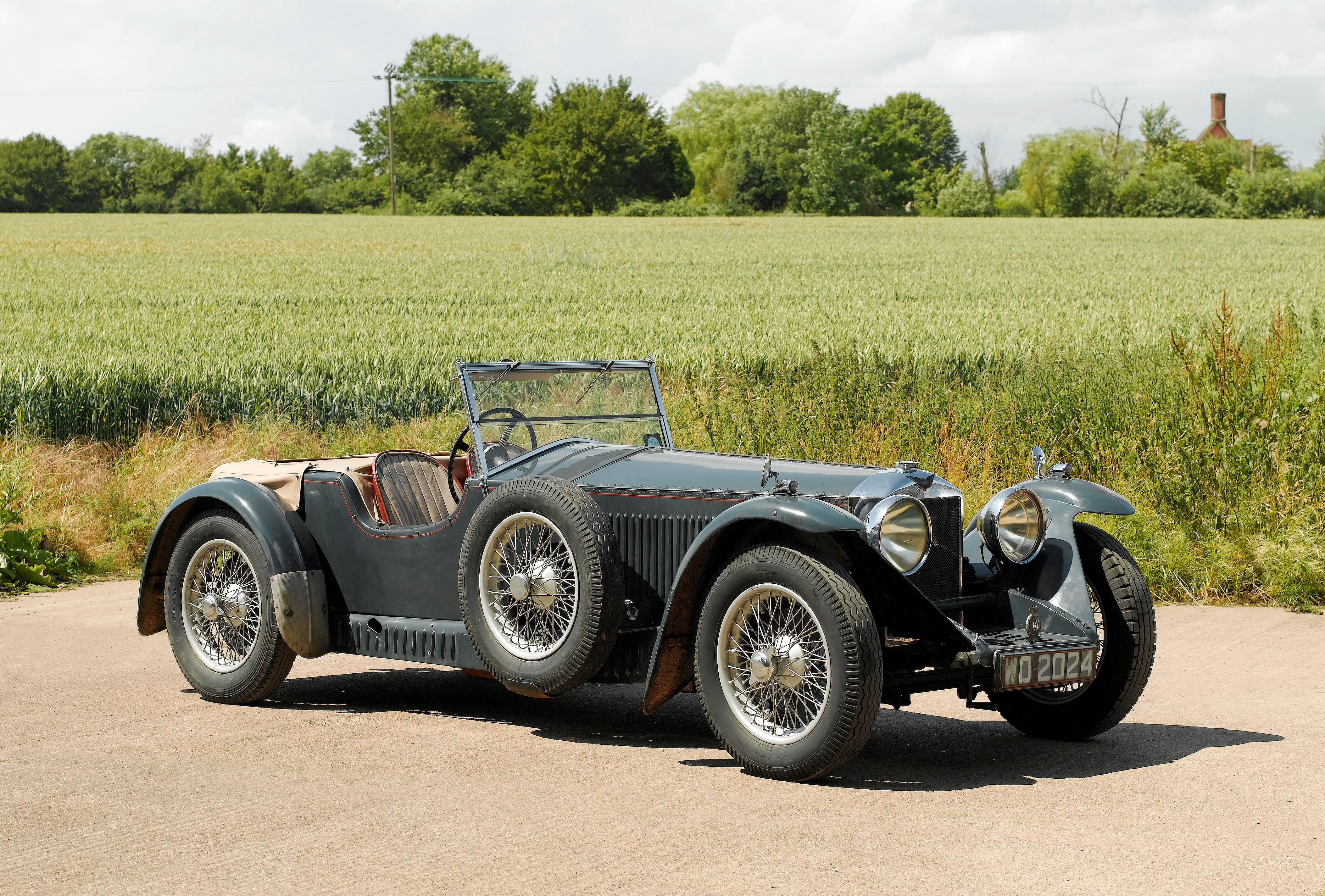

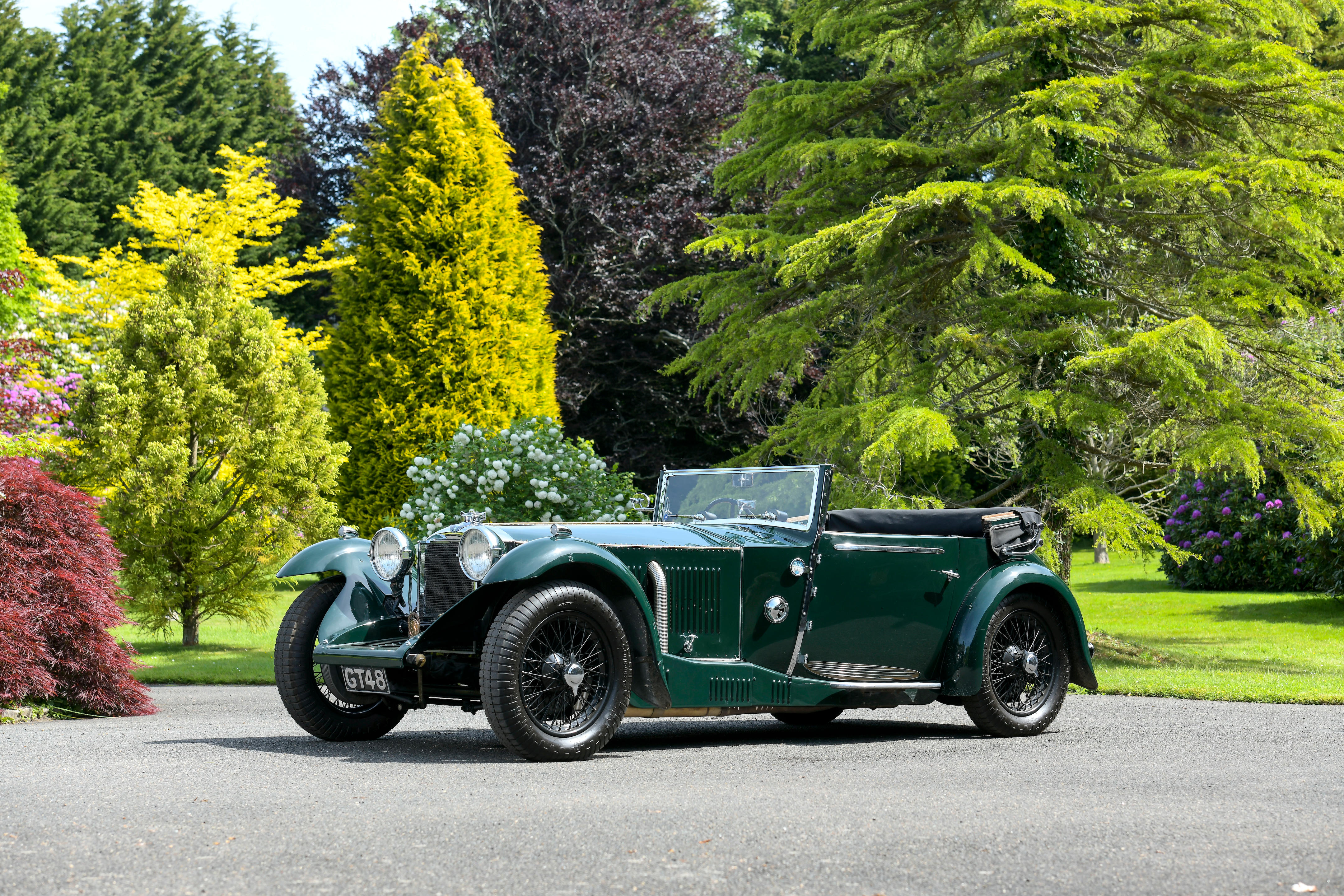
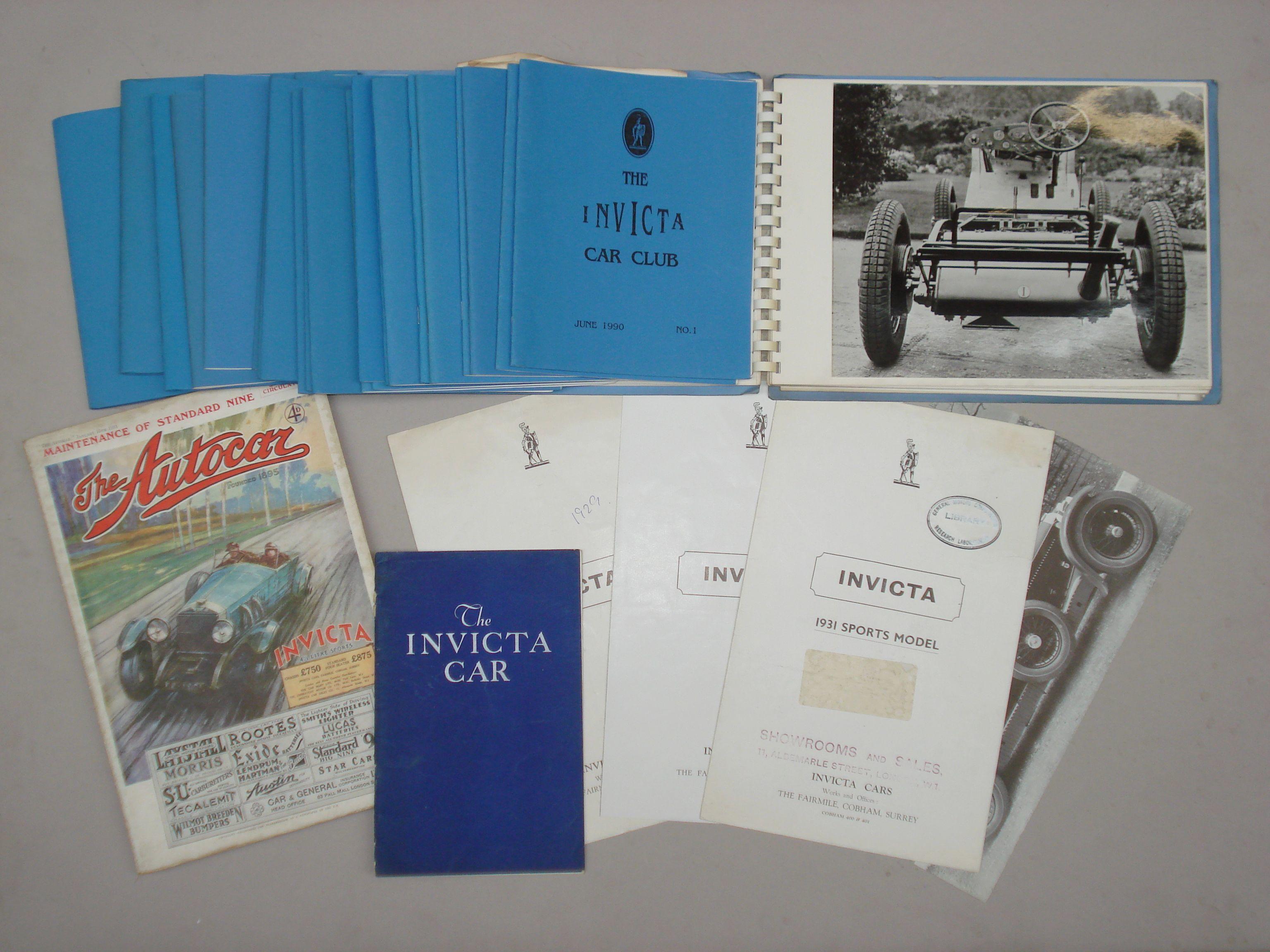






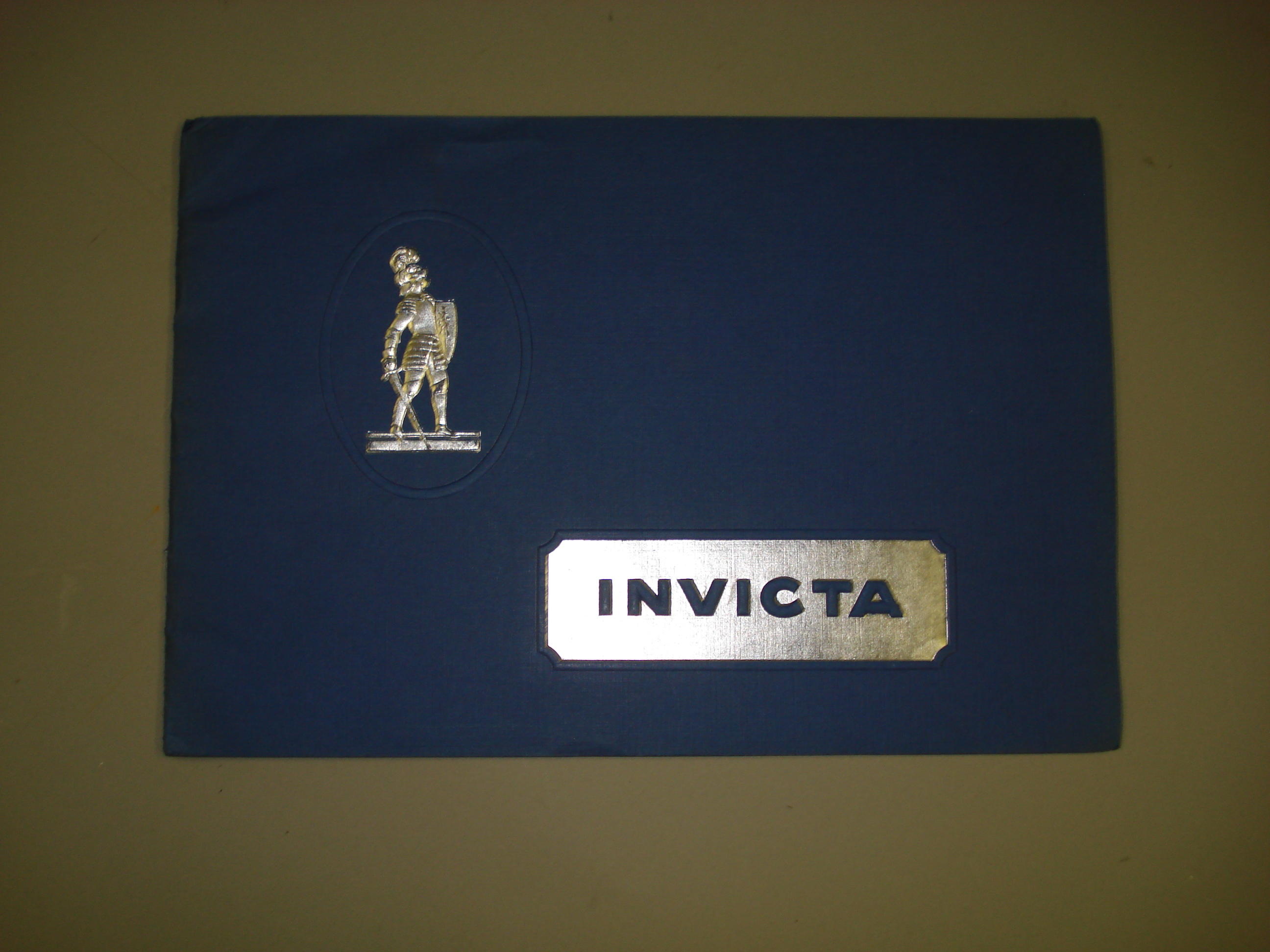
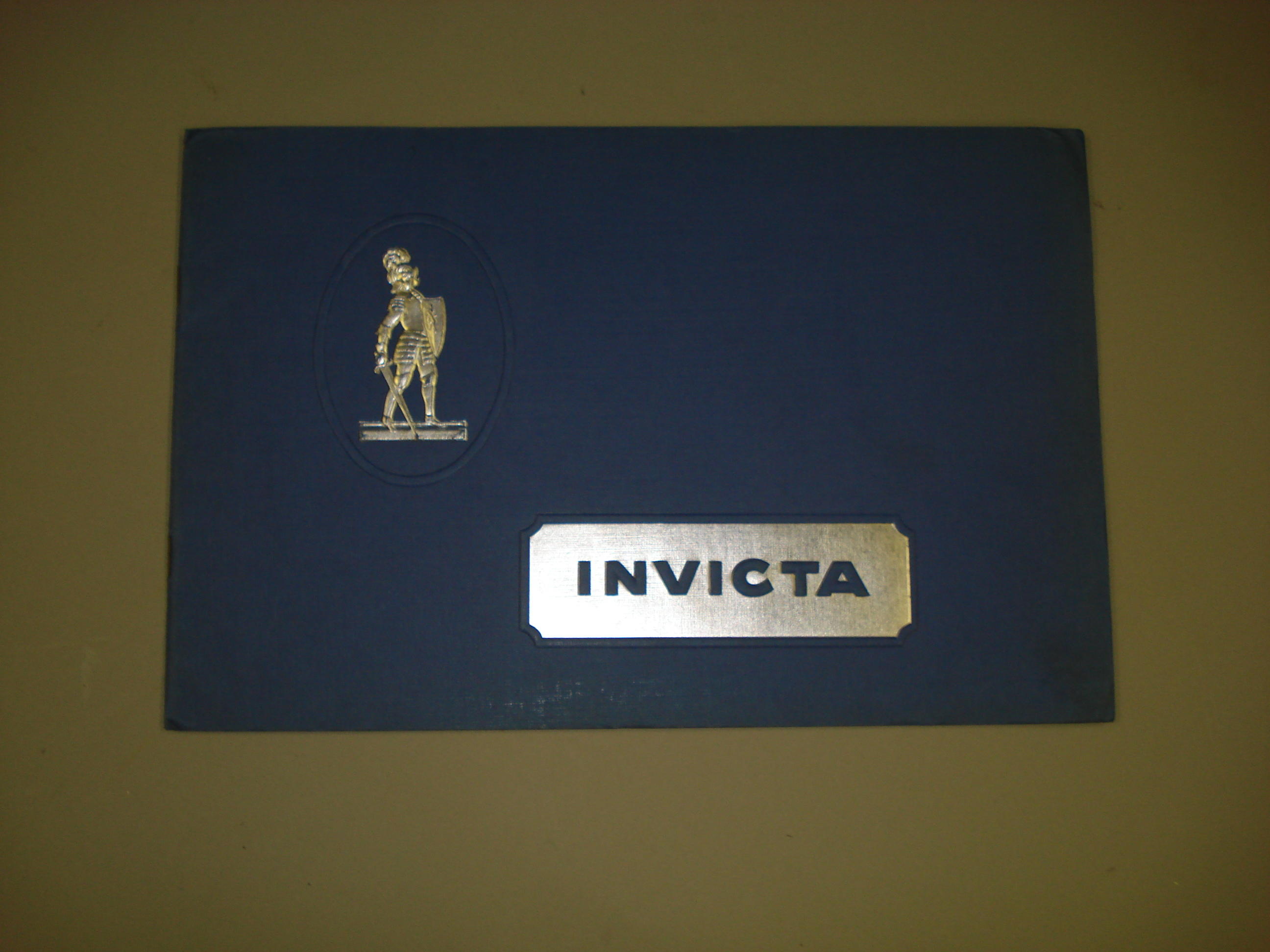
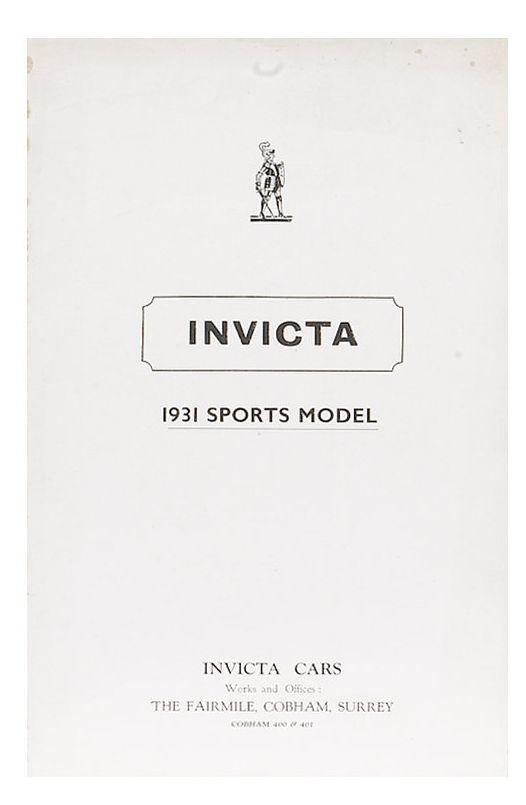

Testen Sie LotSearch und seine Premium-Features 7 Tage - ohne Kosten!
Lassen Sie sich automatisch über neue Objekte in kommenden Auktionen benachrichtigen.
Suchauftrag anlegen